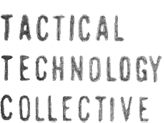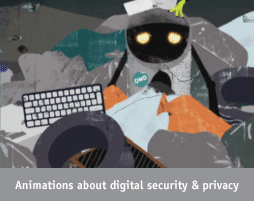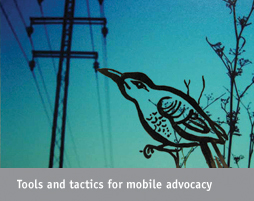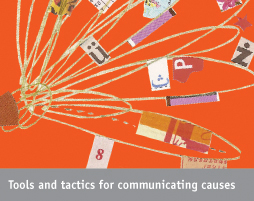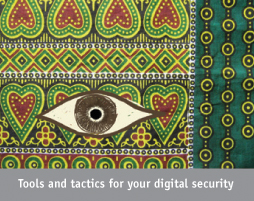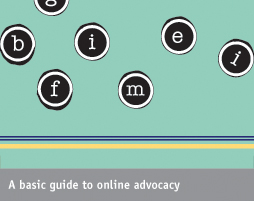Maps for advocacy guide
Smog, fast-vanishing forest space, protest marches, human rights abuses and many such events and activities need constant attention and backing. Highlighting such issues is no more such a herculean task for advocacy groups. Information, communication and digital technologies have smoothened out processes and systems and contain techniques and tools which, if appropriately used, can easily bring about phenomenal change.
A prime example is the Darfur project, conducted by the United States (USHMM), which used mapping to expose a humanitarian crisis in Sudan. Combining mapping and rich content, witness testimonies, satellite imagery, data and other information placed on a Google Earth map, the USHMM raised awareness of the reality of incidents in the Sudanese region.
ALTSEAN-Burma, a network of organisations and individuals working to support the movement for human rights and democracy in Burma, also utilised mapping techniques to indicate details of the uprising in 2007. Protest details and 'hot spots' for activists were listed on a Google Map and the artful effort acted as an effective eye-opener to target audiences.
We recognised the power of maps and so we produced this booklet as an introduction to geographical mapping techniques.
You can use this booklet as a guide to using maps in your advocacy work. The mapping process for advocacy is explained vividly through case studies, descriptions of procedures and methods, a review of data sources as well as a glossary of mapping terminology.
Hosting a map on your website is demystified as the guide takes you through the process step by step. Examples of valuable data sources like YouTube, Facebook, Flickr, Socialight etc have been cited along with a brief outline of their mapping features.The fold-out offers an illustrative sketch of the inside story while the fold-in lists a swift and easy method to create a map.
“A must read for those new to the field of crisis mapping...an excellent collection of user scenarios and mini case studies that span a diverse range of fields and technologies.”
Patrick Philippe Meier, iRevolution Blog
WANT THIS RESOURCE?
You can download the English guide (pdf) right now. If you would like to order a copy for yourself or copies for an event you're organising, see our Order toolkits and Guides page.
This toolkit was written in collaboration with Sean O' Connor with the support of the Open Society Institute. It was first published in September 2008 and an updated version in February 2010. All the content is licensed under a Creative Commons Attribution-Share Alike 3.0 Unported License.
